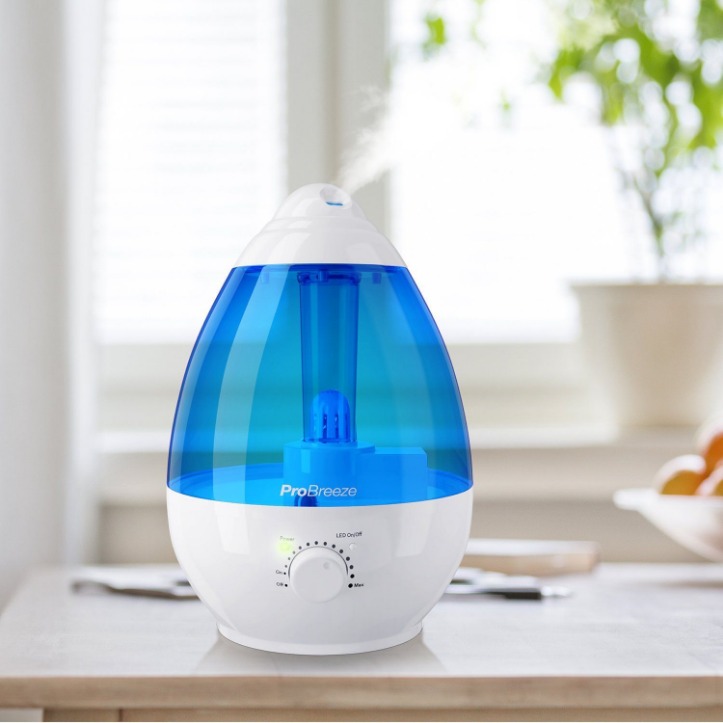Read more about how to tape mouth for sleep here.
In the quest for optimal sleep, many unconventional methods have emerged, one of which is mouth taping. This practice, though seemingly odd, has garnered attention for its potential benefits in enhancing sleep quality. Below, we explore the steps on how to tape mouth for sleep, along with the potential advantages and precautions associated with it.
Why Consider Mouth Taping?
The primary rationale behind taping your mouth is to encourage nasal breathing during sleep. Nasal breathing is known to filter and humidify air, making it more beneficial compared to mouth breathing.
- Reduced Snoring: Nasal breathing can help diminish the likelihood of snoring.
- Enhanced Oxygenation: Breathing through the nose can effectively increase oxygen levels, promoting better sleep quality.
- Improved Oral Health: Nasal breathing prevents the dryness associated with mouth breathing, which can lead to oral health issues.
How to Tape Mouth for Sleep
Should you decide to try this technique, follow these steps carefully:
- Selecting the Right Tape: Choose a gentle, hypoallergenic tape. Medical tapes, such as micropore or kinesiology tape, are recommended due to their skin-friendliness.
- Prepare Your Skin: Cleanse and dry your lips and the surrounding area to ensure the tape adheres properly.
- Application: Cut a small piece of tape, approximately the length of your mouth, and place it vertically or horizontally over your lips. Ensure it’s secure, but not too tight.
- Trial Period: Start by trying it for short naps or during times when you are aware of your body. This allows you to become accustomed to the feeling.
Potential Precautions
While the benefits are promising, it is important to consider the following precautions:
- Consultation: Speak with a healthcare provider before starting this practice, especially if you have pre-existing respiratory issues or conditions like sleep apnea.
- Initial Discomfort: It’s common to feel discomfort initially, but it should ease over time. Remove the tape and discontinue use if you experience severe discomfort or difficulty breathing.
- Allergic Reactions: Be mindful of potential allergic reactions to the adhesive used in the tape. Discontinue use if you notice any irritation.
Conclusion
Learning how to tape mouth for sleep may provide a simple yet effective way to enhance sleep quality by promoting nasal breathing. However, like any new practice, it is crucial to approach it with caution and to consult with a healthcare professional before integrating it into your nightly routine. By doing so, you can potentially unlock the myriad benefits that come with better, uninterrupted sleep.




